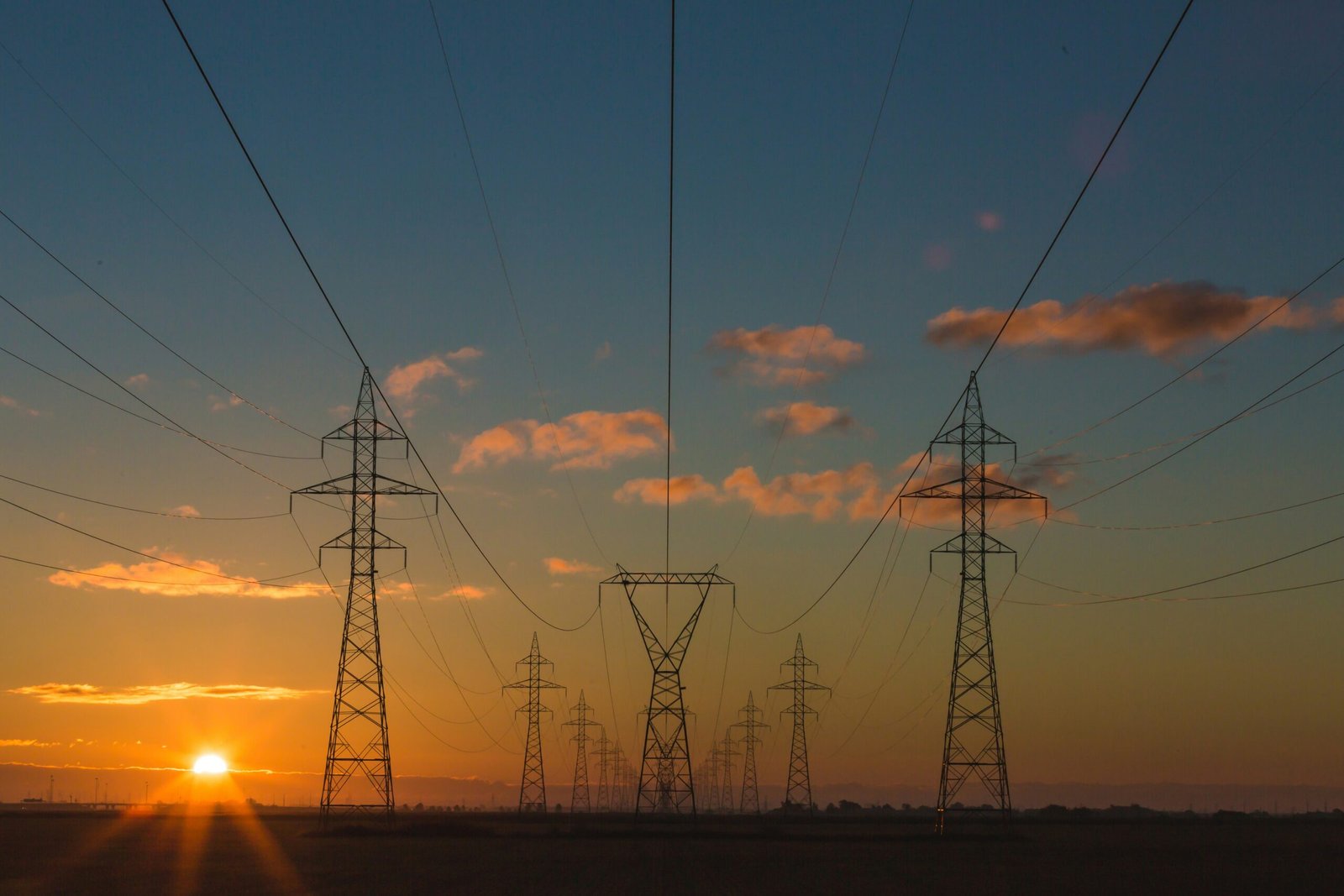When it comes to investing in energy, it is always best to choose options that last long. Just like in finance, where you want your investments to grow steadily over time, the same principle applies to the energy we consume. But how do we measure the speed at which our body absorbs energy from different foods? This is where the concept of glycemic load (GL) comes into play.
Glycemic load refers to the measurement of how quickly the body converts carbohydrates from food into glucose and releases it into the bloodstream. The glucose then reaches our cells with the help of insulin, providing us with the energy we need to function. By understanding the glycemic load value of different foods, we can make informed choices about what we eat to maintain optimal energy levels throughout the day.
When it comes to sustaining energy levels and staying alert and focused, it is recommended to consume slow-release foods. Slow-release foods are those with a low glycemic load value. The glycemic load value is influenced by our blood sugar levels, which are determined by the types of carbohydrates we consume.
If our blood sugar levels are high, we will have a high glycemic load value. This is often the result of consuming “fast carbohydrates” such as white bread, sweets, and white pasta. These foods cause a rapid spike in blood sugar levels, leading to a quick release of energy followed by a crash. This rollercoaster effect can leave us feeling tired and unfocused.
On the other hand, if we maintain a low and steady blood sugar level, we will have a lower glycemic load value. This can be achieved by choosing to eat fiber-rich carbohydrates. Fiber slows down the digestion and absorption of carbohydrates, resulting in a gradual release of glucose into the bloodstream. This steady supply of energy helps us stay alert and focused for longer periods.
To maintain a low glycemic load, it is crucial to include a variety of foods that release energy slowly into our diet. These include whole grains, legumes, fruits, and vegetables. Whole grains like oats, quinoa, and brown rice are excellent choices as they are rich in fiber and provide a sustained release of energy. Legumes such as lentils and chickpeas are also high in fiber and protein, making them a great option for long-lasting energy.
Fruits and vegetables are not only packed with essential vitamins and minerals but also contain fiber. Opting for fresh fruits and non-starchy vegetables can help maintain a low glycemic load value while providing a range of other health benefits.
It is worth noting that the glycemic load value is just one factor to consider when making dietary choices. A balanced diet should also include adequate protein, healthy fats, and a variety of micronutrients. However, by prioritizing slow-release foods with a low glycemic load value, we can optimize our energy levels and promote overall good health.
In conclusion, when it comes to sustaining energy levels throughout the day, slow-release foods with a low glycemic load value are the best choice. By focusing on fiber-rich carbohydrates and maintaining a steady blood sugar level, we can enjoy long-lasting energy, improved focus, and overall a healthier life. Incorporating whole grains, legumes, fruits, and vegetables into our diet is a simple yet effective way to achieve this goal. Remember, investing in the right kind of energy pays off in the long run.

I all the time used to read piece of writing in news papers but now
as I am a user of web so from now I am using net for posts, thanks to web.
Look into my web page: vpn code 2024
We are a group of volunteers and starting a new scheme
in our community. Your website offered us with valuable info to work on. You have done
an impressive job and our whole community will be thankful to you.
Here is my webpage :: vpn special code
Please let me know if you’re looking for a article author for your weblog.
You have some really good articles and I believe
I would be a good asset. If you ever want to take some of the load off, I’d really like to
write some articles for your blog in exchange for
a link back to mine. Please blast me an email if interested.
Thank you!
Feel free to visit my homepage vpn special coupon code 2024